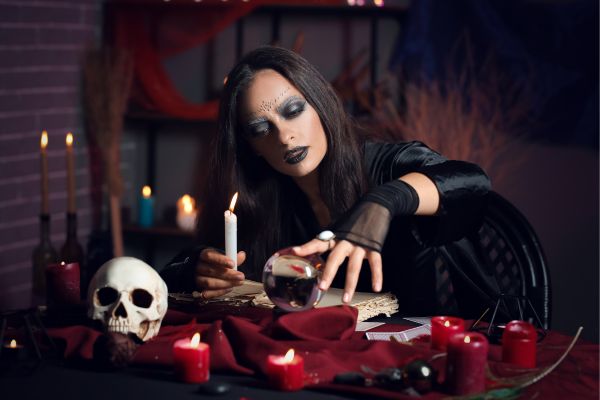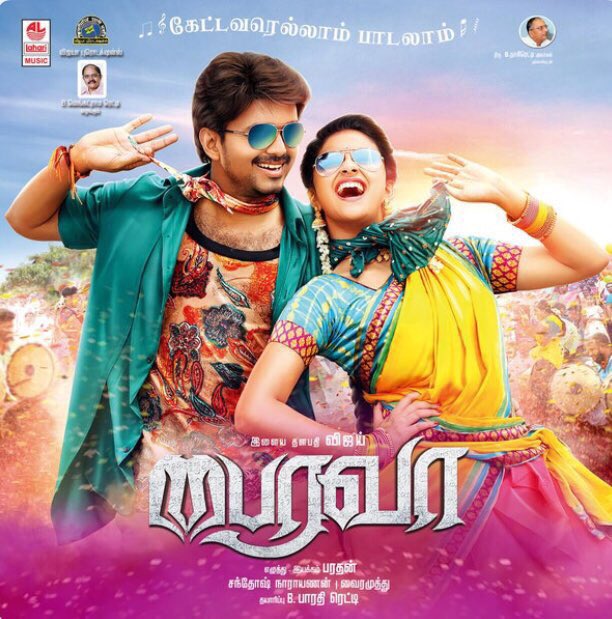
Black Magic
The concept of black magic has captivated human imagination for centuries, stirring a potent mixture of fear, fascination, and curiosity. Often shrouded in mystery and cloaked in secrecy, black magic has been portrayed in various forms across cultures, religions, and mythologies. This article aims to explore the multifaceted nature of black magic, delving into its historical origins, cultural perceptions, and the blurred line between myth and reality.
Historical Roots:
Black magic, or dark arts, has deep historical roots, tracing back to ancient civilizations where rituals, spells, and occult practices were an integral part of religious and cultural traditions. In ancient Egypt, practitioners of magic were revered and consulted for their mystical abilities. Similarly, ancient Greek and Roman societies had their own mystical traditions, with practitioners known as magicians or sorcerers.
Medieval Europe saw a surge in fear and persecution related to witchcraft and black magic during the infamous witch hunts. The fear of magic and its association with the devil led to the persecution of countless innocent individuals, leaving an indelible mark on history.
Cultural Perceptions:
The perception of black magic varies widely across cultures. In some societies, magic is embraced as a form of spiritual practice, while in others, it is condemned as a malevolent force. The cultural lens through which black magic is viewed significantly influences the interpretation of its effects and consequences.
In modern times, various forms of magic, such as voodoo and hoodoo, have persisted in different cultures, blending ancient traditions with contemporary beliefs. The portrayal of black magic in popular media, including movies and literature, often sensationalizes its darker aspects, contributing to the perpetuation of myths and stereotypes.
Myth versus Reality:
Distinguishing between myth and reality when it comes to black magic is a complex task. While some see it as a genuine and potent force, others argue that it is merely a product of superstition and fear. The ambiguity surrounding black magic is compounded by the lack of scientific evidence to support or debunk its claims.
In many cases, the term “black magic” is used to describe practices that go against established religious or societal norms. This may include rituals involving the use of forbidden substances, invoking supernatural entities, or attempting to manipulate the natural order. The line between magic, religion, and science remains blurry, making it challenging to draw definitive conclusions.
Conclusion:
Black magic continues to be a subject of intrigue and debate, weaving its way through the tapestry of human history. Whether seen as a mystical force with ancient roots or dismissed as mere superstition, the allure of black magic persists in the human psyche. As we navigate the fine line between myth and reality, it is essential to approach the subject with an open mind, acknowledging the cultural diversity and historical complexities that have shaped our understanding of this enigmatic phenomenon.










